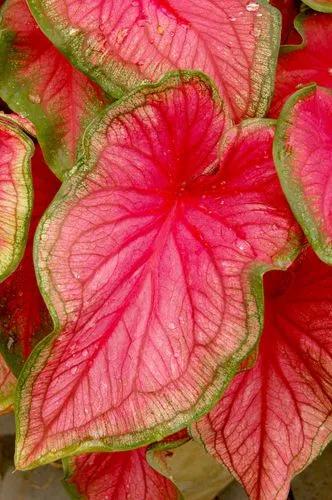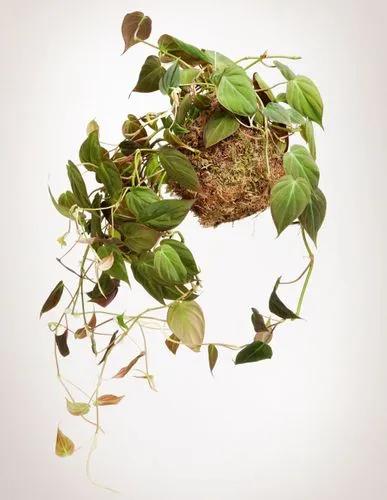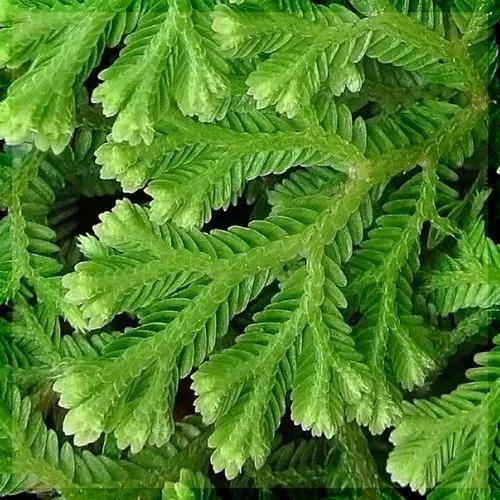African bowstring hemp is a stemless evergreen perennial plant, producing succulent, erect, rigid leaves 15 - 85cm or more long and 25 - 80mm wide from a freely-spreading, rhizomatous rootstock. The leaves can be up to 1.2 metres long. The flowering stem grows 45 - 75cm or more tall.The plant is gathered from the wild for the fibre obtained from its leaves. This is used locally. The plant is cultivated as a fibre crop in some parts of the tropics, especially tropical America, and is also often grown as an ornamental
African Bowstring-hemp Care
Sansevieria Hyacinthoides



It can be invasive outside Southern Africa.
How to Care for the Plant

Water

Let the soil dry between waterings. During winter, reduce watering to monthly, or whenever the soil is dry to the touch. Water these plants every other week during the growing season. During the winter months, the plants are given only enough water to keep the foliage from wilting.

Pruning

Never remove more than a third of the foliage in any one year and cut just above a node on the stem.

Fertilizer

Use a balanced fertilizer with a 10-10-10 formula.

Sunlight

They grow at their best close to a window in partial sun and shade.

Soil

Prefer fertile soil, preferably loose and loamy with adequate drainage.

Temperature

An ideal temperature is anywhere between 60-85°F (15-29°C). S. Hyacinthoides has an excellent heat tolerance but it can't handle extreme low temperatures. Exposing the plant to lower than 40°F (4°C) may cause leaf damage.

Container

Plants that don't like a lot of moisture will need a drainage hole for moisture to escape and for airflow to circulate through the pot. Another important function of drainage holes is to allow water to flush the soil of excess salts from fertilizers. Terracotta containers are a good choice for cactus gardens. They let water evaporate faster than other materials. Terracotta containers are a good choice for cactus gardens. They let water evaporate faster than other materials.

Additional

Although the plant has medicinal uses when applied topically, it isn't proved safe to ingest. Like most Sansevieria, the plant contains a toxin called Saponin. Consuming the plant in large amounts can cause nausea, vomiting, drooling and diarrhea. Keep away from children and pets.

Popularity

10,938 people already have this plant 1,564 people have added this plant to their wishlists
Discover more plants with the list below
Popular articles






